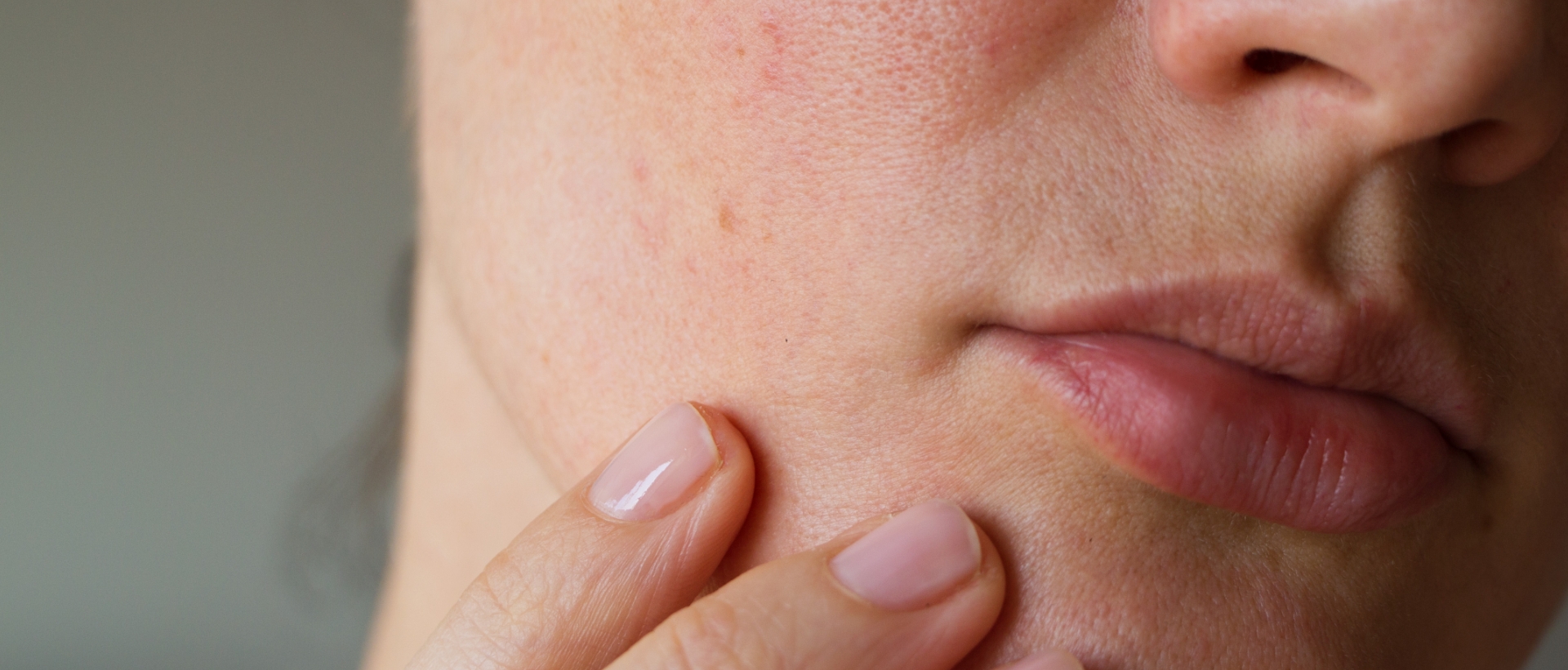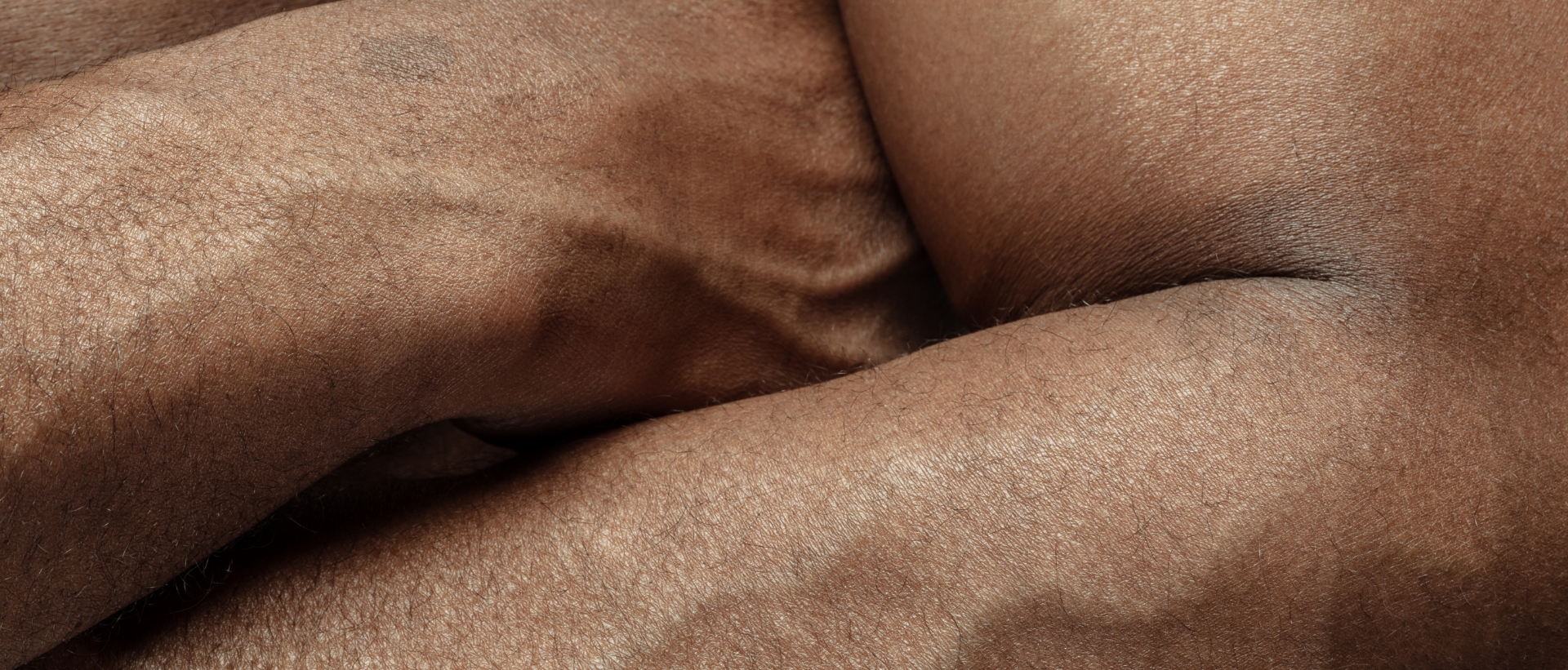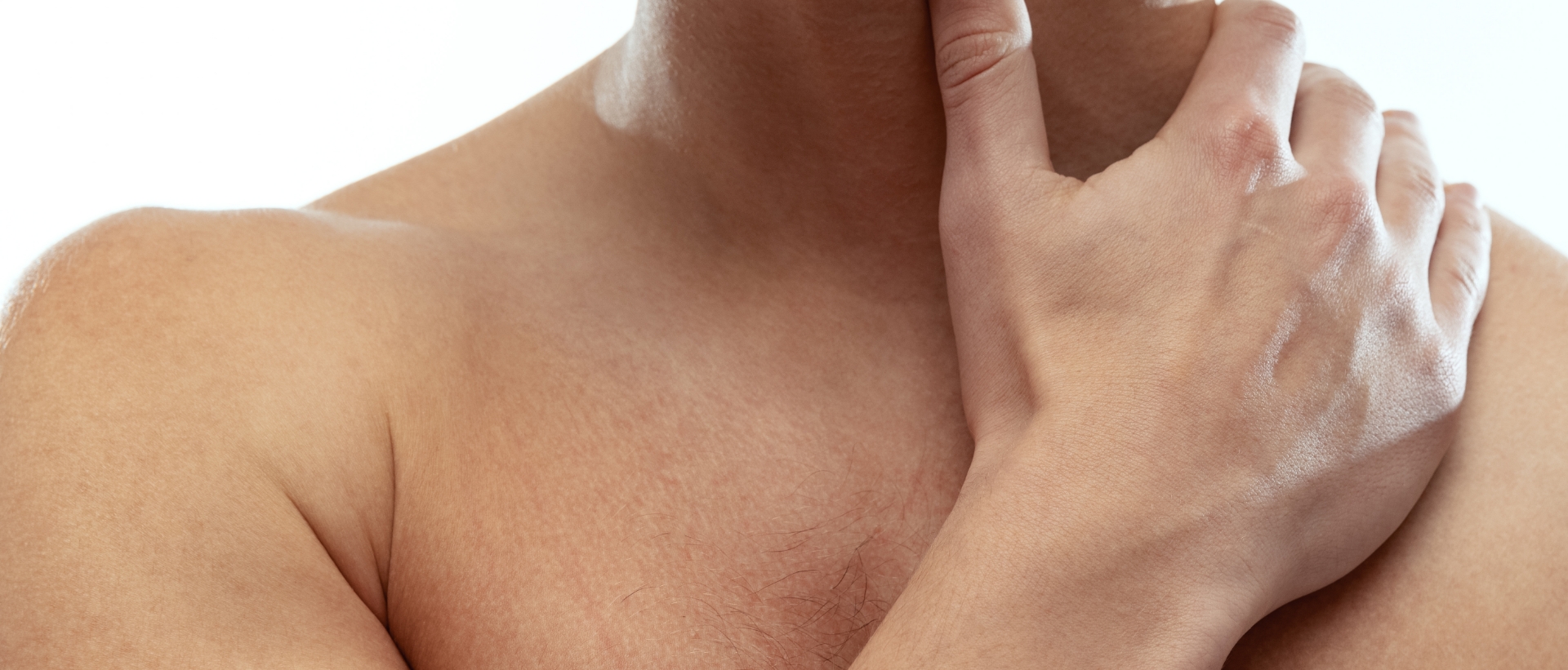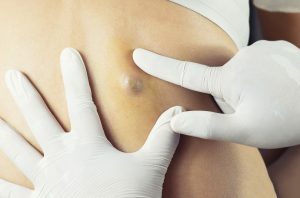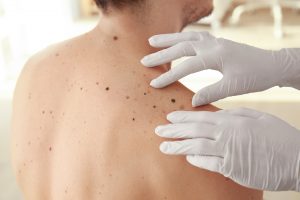The gentle removal of skin lesions by freezing
What is Cryotherapy and how does it work?
Cryotherapy is the name given to treatments involving the application of liquid nitrogen to the skin either with a spray or with a cotton bud. Extreme cold is applied to freeze and destroy abnormal tissue, with the liquid nitrogen reaching temperatures of -320F for highly effective results. The liquid nitrogen is applied to the lesion for a short period of time, depending on the type and size of the individual lesion.
Why is Cryotherapy used by doctors?
Cryotherapy can be used to effectively treat a variety of skin conditions, including warts and skin tags. This treatment is minimally invasive with no need for open surgery, and most people recover quickly (usually within 7-14 days) with little pain or scarring.
Why do people get Cryotherapy for their skin lesions?
People may find that their skin lesion requires medical intervention, especially if it:
- Causes discomfort or pain
- Has persisted for more than a few years
- Causes friction or pressure
- Creates feelings of low self-esteem, depression, or anxiety
- Keeps them from walking comfortably or gripping objects, or causes any other impairment
What can you expect following your Cryotherapy treatment?
The treated area is likely to blister within a few hours. Sometimes the blister is clear and sometimes it is red or purple because of bleeding (this is harmless). Treatment near the eye may result in a puffy eyelid, especially the following morning, but the swelling settles within a few days. Within a few days, a scab forms and the blister gradually dries up. Usually, no special attention is needed during the healing phase. The treated area may be gently washed once or twice daily and should be kept clean. A dressing is optional but is advisable if the affected area is subject to trauma or clothes rub on it. When the blister dries to a scab, avoid picking at it. The scab peels off after approximately 5-10 days on the face and 3 weeks elsewhere. A sore (superficial ulcer) or scab may persist longer on the lower leg because healing in this site is often slow. If this occurs please contact your practice nurse or the dermatology department.


